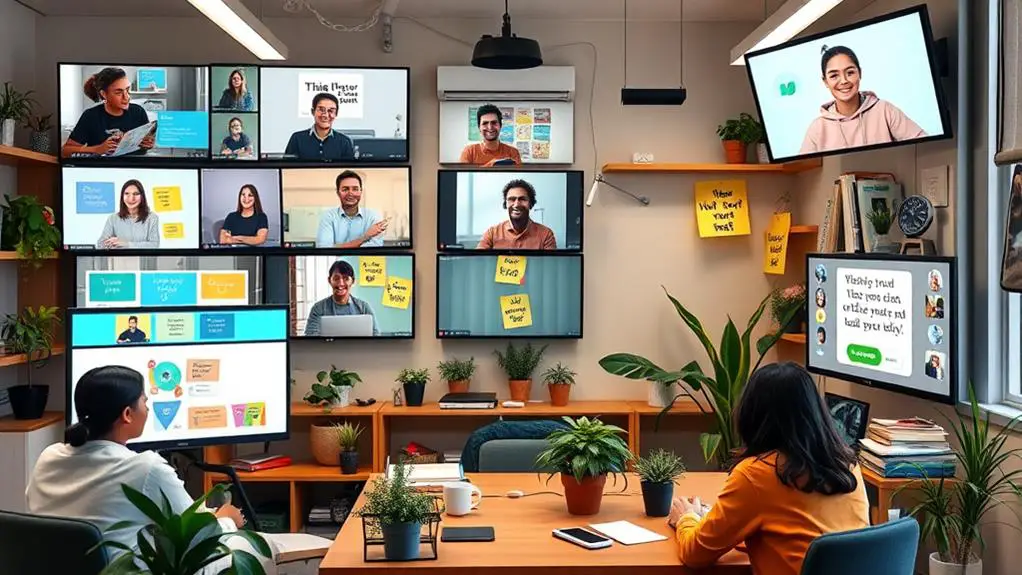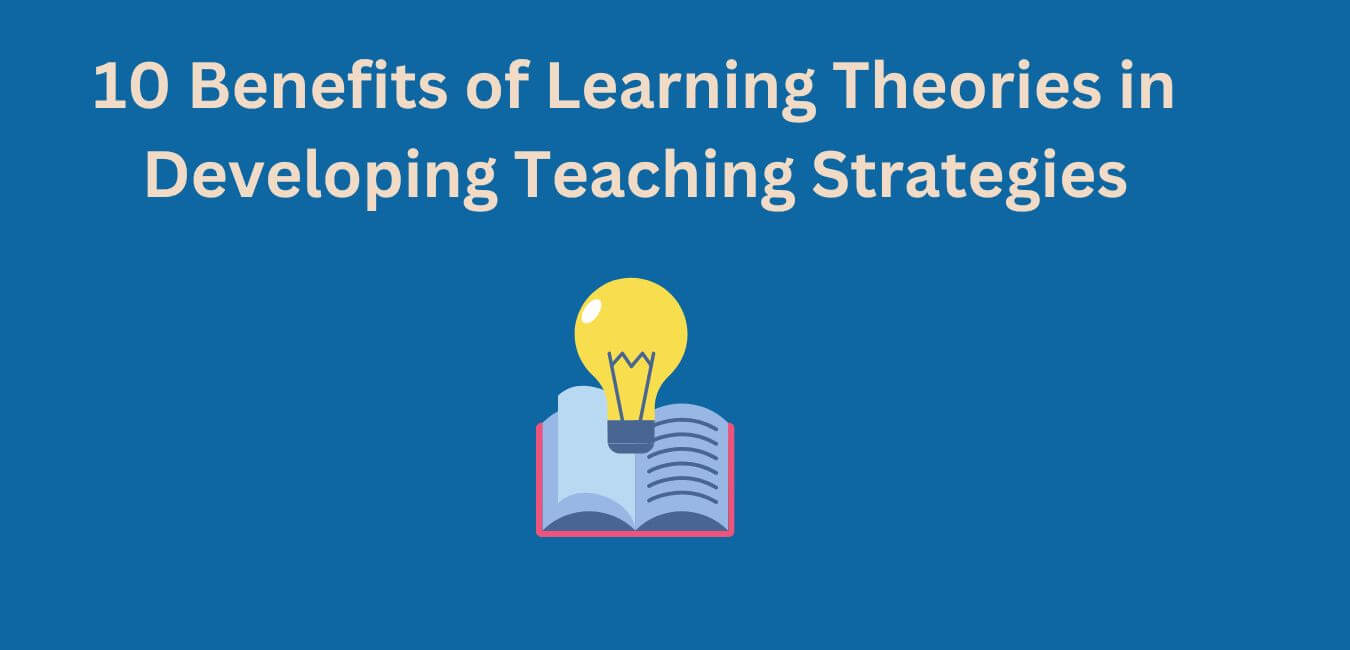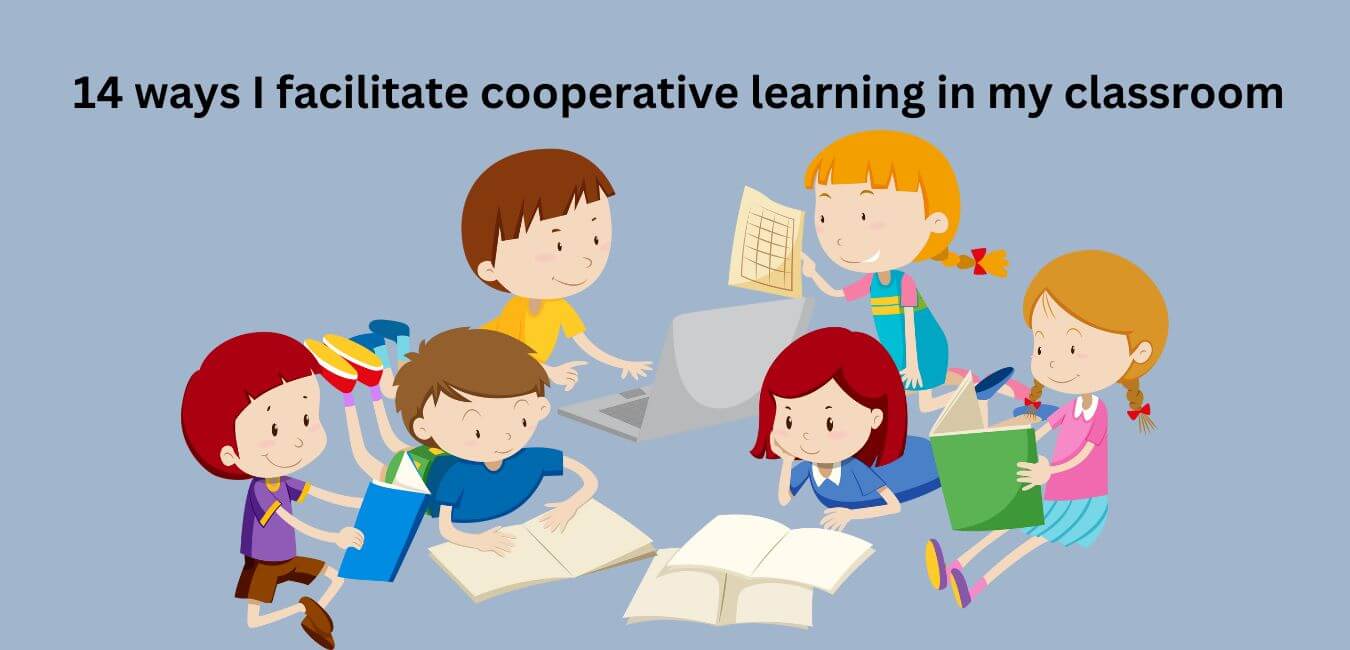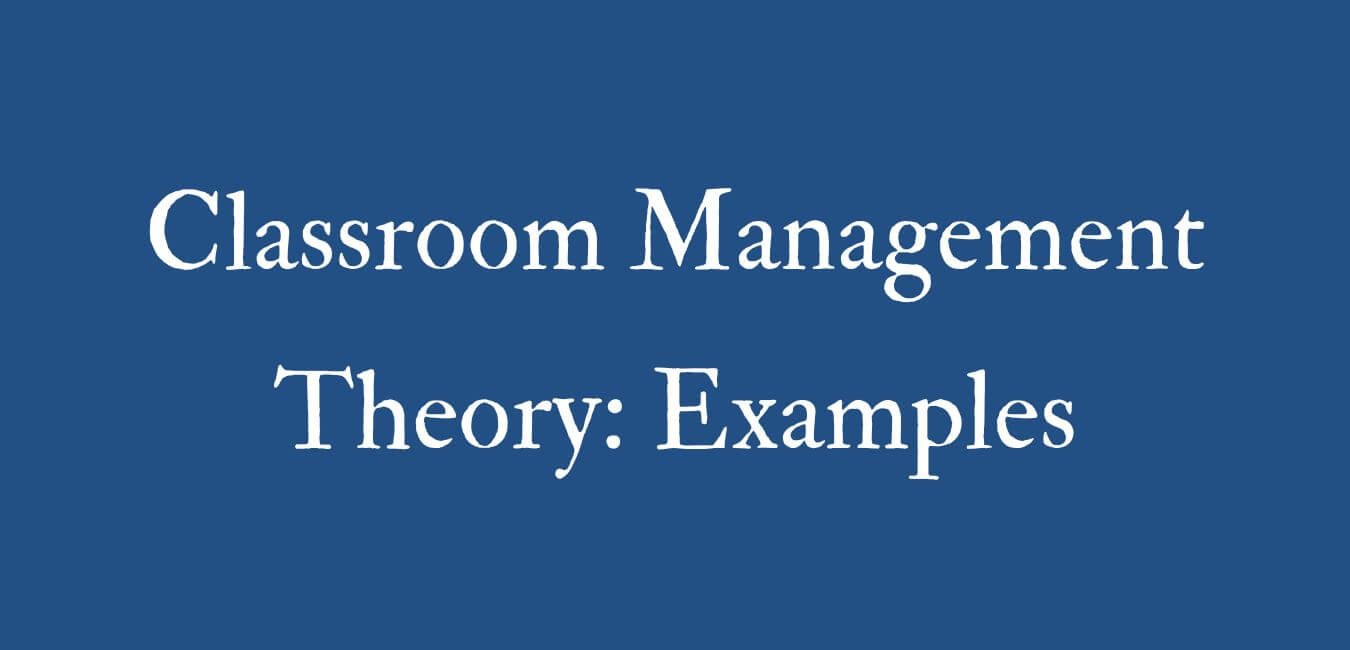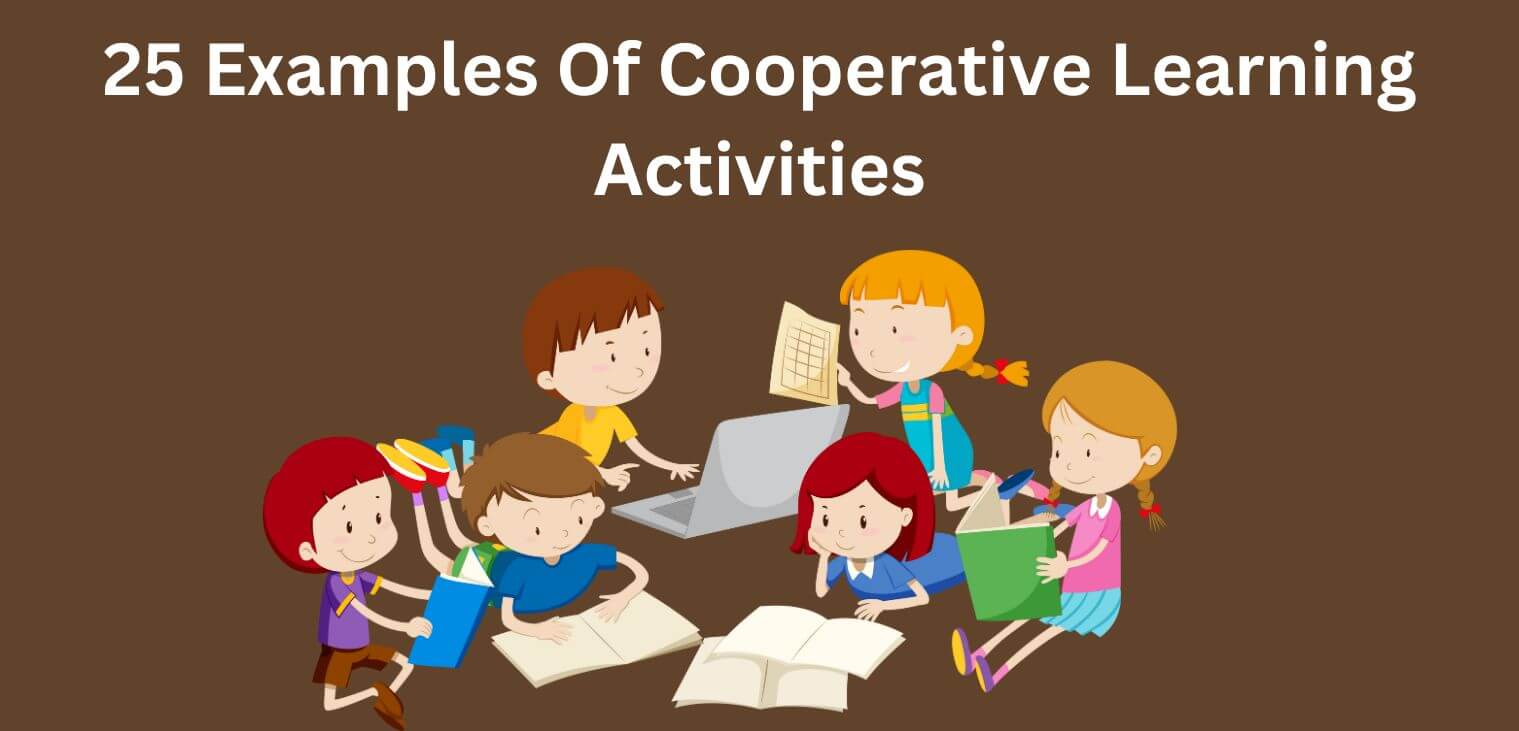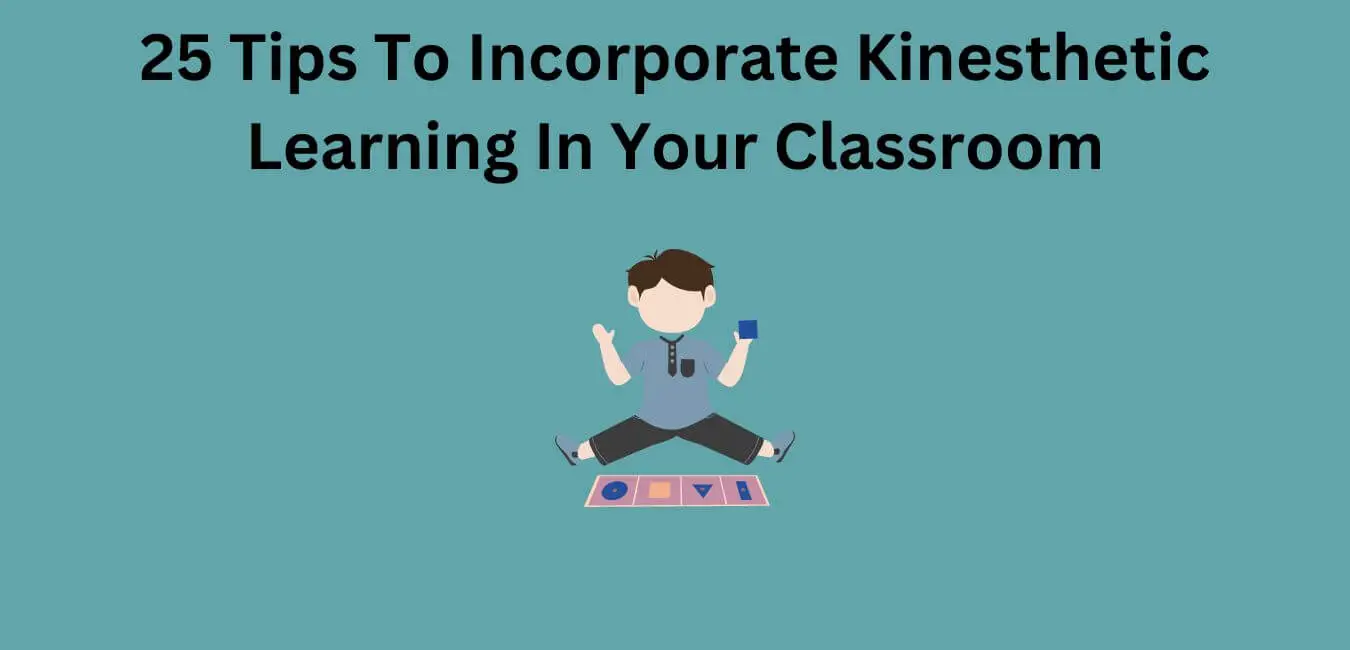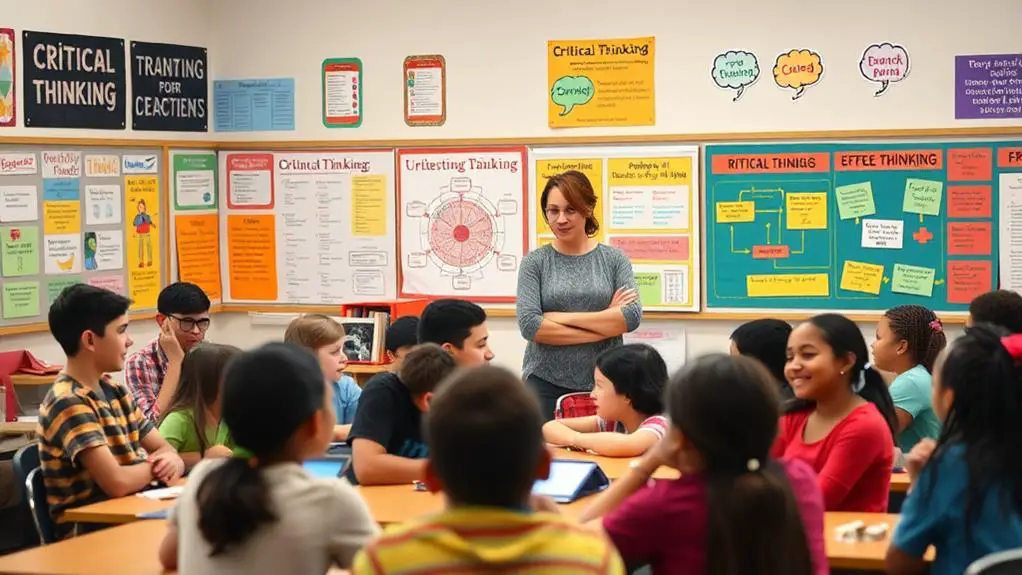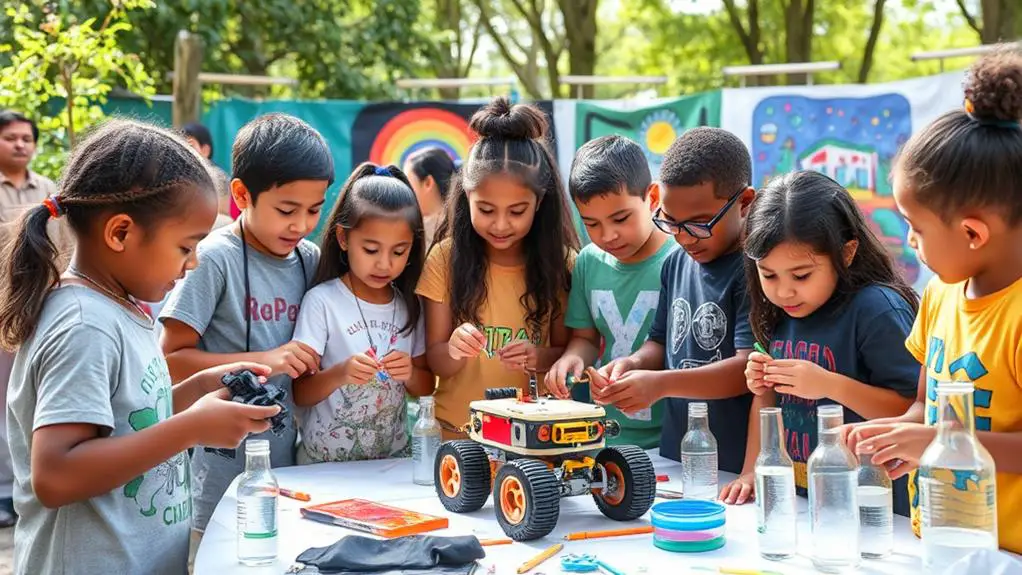Motivation is crucial for online learners, acting as the driving force that keeps them engaged in a sea of digital content. Without motivation, learners may struggle to connect with the material, leading to feelings of confusion and disinterest.
Understanding the interplay between intrinsic motivators, such as personal growth and curiosity, and extrinsic motivators, like rewards and recognition, is essential for creating an engaging online learning environment. Implementing strategies that nurture both types of motivation can help transform initial interest into sustained enthusiasm.
For instance, incorporating interactive elements such as quizzes or gamified learning experiences can make the material more appealing and encourage learners to stay committed.
Understanding Learner Motivation
Understanding learner motivation is crucial for developing engaging online courses. Tapping into both intrinsic and extrinsic motivation helps create a strong connection with learners. Intrinsic motivation arises from personal relevance and emotional involvement, while extrinsic motivation often relies on rewards or recognition.
Enhancing learner autonomy can be achieved by providing choices in tasks, increasing task value, and acknowledging individual interests. Familiarity with motivational theories offers valuable insights into what drives learners.
Considering social influences allows for the creation of a supportive community that promotes collaboration and knowledge sharing. This sense of belonging can significantly enhance self-efficacy, as learners observe their peers’ success and feel motivated to pursue their own objectives.
Goal orientation plays a vital role in learner engagement. When learners have clear targets, they’re more likely to remain focused and committed. Encouraging them to set meaningful goals that resonate personally can make the learning experience more impactful.
Setting Clear Goals
Setting clear goals plays a crucial role in shaping your learning experience and keeping your motivation intact. When you articulate your aspirations, you create a detailed plan that helps you maintain focus and progress.
Employing effective goal-setting methods allows you to divide your larger objectives into smaller, achievable tasks. This approach not only makes it easier to acknowledge your advancements but also nurtures a sense of community among fellow learners.
Success can be defined in various ways, so it’s important to establish measurable outcomes that enable you to monitor your progress. For instance, whether it involves completing a specific module or mastering a new skill, reaching each milestone reinforces your dedication and enhances your self-assurance.
Sharing your goals with peers enhances accountability and fosters stronger relationships within your learning community.
Regularly assess and modify your goals as necessary. Since life can be unpredictable, your objectives should remain adaptable to any changes that arise.
Setting clear and realistic expectations cultivates a positive learning atmosphere that encourages teamwork and support. Embrace your journey, knowing that each step taken brings you closer to achieving your dreams.
Creating Engaging Content
Engagement plays a crucial role in online learning, significantly influencing both motivation and information retention. To create compelling content, consider incorporating visual storytelling into your lessons. This technique allows for a deeper connection with your audience, making the material both relatable and memorable. Enhancing your lessons with multimedia elements, such as videos, podcasts, and infographics, can transform traditional content into an immersive experience.
Here’s a concise overview of how various content types impact emotions:
| Content Type | Emotional Impact |
|---|---|
| Visual Storytelling | Builds empathy and connection |
| Videos | Captures attention |
| Infographics | Clarifies complex concepts |
| Podcasts | Cultivates intimacy and trust |
Incorporating Interactive Elements
Incorporating interactive elements into online courses enhances learner motivation and participation. Engaging tools like interactive quizzes can reinforce key concepts and maintain student interest.
Virtual simulations create immersive experiences, allowing learners to practice skills safely. Fostering peer interactions is vital; discussion forums enable students to share ideas and provide support.
Real-time engagement can be achieved through live polling, making sessions feel dynamic. Encouraging collaborative projects builds teamwork and a sense of community, leading to stronger connections among learners. When students collaborate, they become more invested in each other’s success.
Utilizing multimedia resources such as videos and infographics addresses various learning styles and keeps content engaging. Role-playing scenarios allow learners to adopt different perspectives, enhancing their understanding and empathy.
Establishing feedback loops invites open dialogue about the learning experience. When students feel acknowledged, they’re more likely to engage actively.
Integrating these interactive elements creates a vibrant online learning environment where all participants feel they belong and can succeed.
Providing Timely Feedback
Timely feedback is essential for effective learning, as it helps students understand their progress and areas needing improvement. Interactive elements play a crucial role in this process, fostering engagement and creating opportunities for formative assessments. These assessments are more than mere evaluations; they establish feedback loops that enhance the overall learning experience.
Receiving quick and personalized feedback based on performance metrics and learner analytics directly addresses your strengths and areas for improvement. This tailored approach cultivates a sense of belonging, demonstrating that your instructors care about your success. Constructive criticism offered promptly encourages you to reflect on your work, facilitating a reflective practice that’s vital for growth.
For example, utilizing educational platforms that incorporate real-time quizzes and reflective assignments can significantly boost engagement and understanding. Products like Kahoot! and Google Forms are excellent tools for gathering immediate feedback.
When used effectively, these resources not only improve learning outcomes but also foster a collaborative environment where everyone feels valued and supported.
Building a Supportive Community
Building a supportive community in online learning significantly enhances your educational experience. Engaging with peers not only boosts your learning but also fosters valuable connections. Here are effective strategies to cultivate a sense of belonging:
- Join online forums: Contribute your ideas and inquiries to ignite conversations.
- Participate in virtual study groups: Team up with classmates to tackle assignments and projects collaboratively.
- Take part in community events: These gatherings create networking opportunities and allow you to meet others who share similar interests.
Peer support is crucial for success. Engaging in mentorship programs allows you to gain insights from experienced individuals while also providing guidance to less experienced learners.
Working on collaborative projects fosters social interaction and resource sharing among classmates. Establishing regular check-ins creates feedback loops that strengthen relationships, ensuring everyone feels included and appreciated.
Creating a supportive community extends beyond learning; it involves building enduring relationships that enrich your educational journey. Embrace these opportunities to thrive in an environment where everyone feels they belong.
Utilizing Gamification Techniques
Gamification techniques enhance engagement in online learning environments by integrating game-like elements into educational experiences. This approach captivates learners and creates an immersive atmosphere that resonates strongly with participants. Reward systems, such as achievement badges, serve to motivate learners and cultivate a sense of accomplishment, making them feel appreciated within the learning community.
Establishing varying challenge levels keeps learners engaged by encouraging them to exceed their limits and recognize their skill advancement. Implementing leaderboards can ignite friendly competition, fostering social connections and a deeper sense of community among participants. When learners see their names rising on the leaderboard, they often feel a boost in motivation and involvement.
Providing feedback to learners is crucial. It allows for customization of the user experience, ensuring that participants feel acknowledged and supported in their learning journey. Incorporating narrative elements can further enhance engagement, immersing learners in relatable and exciting stories that connect them with the material.
Encouraging Self-Directed Learning
Self-directed learning is a powerful approach that allows individuals to take control of their educational journey.
To effectively manage this process, it’s vital to establish clear personal goals that align with your aspirations.
Utilize available digital resources, such as online courses, e-books, and educational videos, to enhance your learning experience.
Adopting a growth mindset is crucial, as it encourages you to view obstacles as chances for growth, thus maintaining your motivation throughout the learning process.
For example, if you encounter a challenging concept in mathematics, instead of viewing it as a setback, see it as an opportunity to deepen your understanding.
This proactive attitude fosters resilience and a continuous desire to learn.
Setting Personal Learning Goals
Setting personal learning goals is an essential step in taking control of your education and enhancing self-directed learning. Clearly defining your objectives creates a guiding roadmap, which not only increases motivation but also strengthens your connection to your learning community.
To begin, consider these effective strategies:
- Visualizing Your Goals: Clearly envision your goals and the steps required to achieve them. Regularly remind yourself of the benefits that come from reaching these milestones.
- Creating Personalized Learning Pathways: Customize your learning experiences to align with your interests and strengths. This tailored approach makes the learning process more engaging and relevant.
- Conducting Regular Progress Reviews: Set aside time to assess your progress frequently. Celebrate achievements to maintain high motivation levels and adjust your goals to stay on track.
These strategies will help you navigate your learning journey with purpose and clarity.
Utilizing Digital Resources Effectively
Effectively utilizing digital resources is crucial for achieving your personal learning goals. The digital landscape offers a wealth of materials that can enhance your learning experience. To start, consider integrating multimedia resources, which combine text, video, and audio. This approach caters to various learning styles and helps maintain engagement.
Investigate online content curation options to find materials that align with your interests. Adaptive learning tools can also personalize your study sessions, making them more effective. Interactive platforms can turn learning into an engaging experience, promoting deeper understanding and retention.
Virtual resource libraries provide a broad range of materials that can be indispensable for your studies. Collaborative resource sharing with peers can lead to valuable insights and foster a sense of community.
Furthermore, evaluating the credibility and relevance of your resources is essential for a productive learning experience. Actively engaging with these technology-driven tools not only enhances your knowledge but also connects you with others on a similar journey. Each digital resource you explore brings you closer to your learning aspirations.
Fostering a Growth Mindset
Developing a growth mindset is crucial for anyone aiming to become a self-directed learner. This mindset fosters resilience and adaptability, equipping you to face and overcome challenges. Engaging in mindset exercises can lead to profound shifts that enhance your learning experience.
Here are some effective strategies to cultivate a growth mindset:
- Reflective practices: Regularly review your learning experiences to pinpoint areas for improvement and growth. This allows you to actively engage with your progress and adjust your approach as needed.
- Positive reinforcement: Acknowledge and celebrate small achievements. Recognizing these milestones can significantly enhance your self-efficacy and motivation to continue learning.
- Learning strategies: Try out various techniques to discover the ones that resonate with you. Experimenting with different methods can reveal effective pathways for your personal learning style.
Implementing these strategies can create a foundation for a resilient and adaptable mindset, essential for ongoing personal and professional development.
Conclusion
Motivating online learners is crucial for their success and engagement. Just as a gardener nurtures each plant to bloom, you can cultivate motivation in your online learners. Setting clear goals is essential, as they provide direction and purpose. Enriching content captures attention and encourages deeper understanding. Fostering a sense of community helps learners feel connected, reducing isolation often associated with online learning. Feedback acts like sunshine, illuminating their path and guiding improvement. Interactive elements invigorate curiosity, making learning dynamic and enjoyable. Gamification introduces an element of excitement, enhancing engagement through playful challenges. With these strategies, you can create a vibrant learning environment where every learner can thrive and achieve their full potential.

